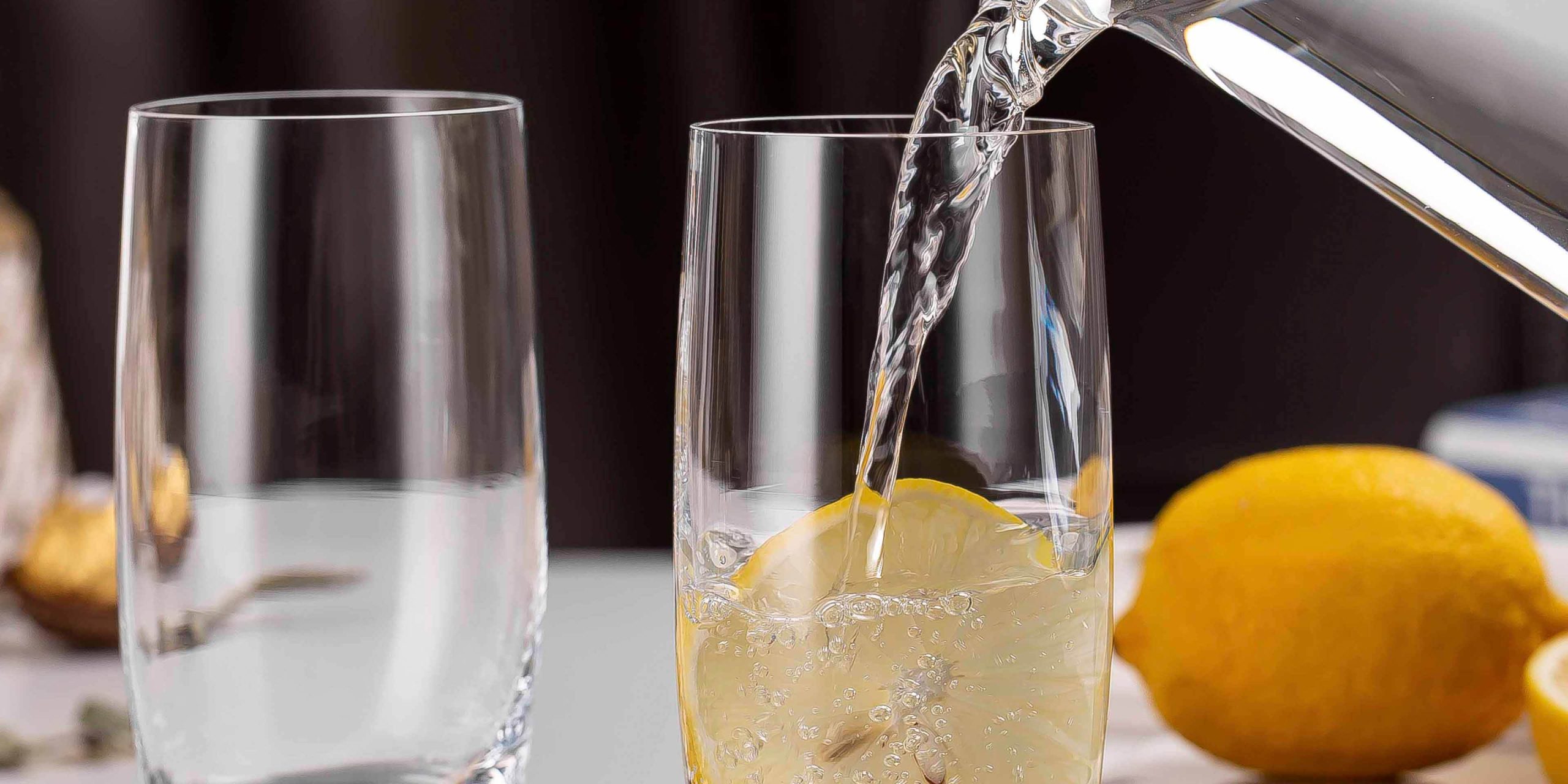The evolution of stemless wine glasses isn’t just a matter of aesthetics; it’s also rooted in scientific principles that influence the way wine interacts with our senses. Stemless wine glasses, with their unique design, offer a balance of form and function that enhances the wine-drinking experience. In this exploration, we delve into the science behind stemless wine glasses and how their design impacts taste, aroma, and overall enjoyment.
Aromatics and Surface Area: Stemless wine glasses, characterized by their wider bowls, allow for increased surface area exposure. This feature has a direct impact on the concentration and release of wine aromas. The larger bowl provides ample space for the wine’s aromatic compounds to interact with the air, intensifying the olfactory experience for the drinker.
Ergonomic Hold and Temperature Regulation: The ergonomic advantage of stemless wine glasses lies in their easy and comfortable grip. The warmth of the hand can influence the wine’s temperature, especially for whites and rosés. The stemless design minimizes the transfer of heat from the hand to the wine, maintaining the optimal temperature for flavor preservation.
Enhanced Oxidation: The wider bowl of stemless wine glasses also facilitates a controlled level of oxidation. As wine interacts with oxygen, its flavors and aromas evolve. The ample surface area in stemless glasses allows a controlled rate of oxidation, enhancing the complexity and development of the wine’s characteristics.
Visual Appreciation: The broader bowl of stemless wine glasses presents an unobstructed view of the wine’s color and clarity. This visual appreciation is integral to the overall wine-drinking experience, as the color can provide insights into the wine’s age, varietal, and quality. Stemless glasses enable drinkers to engage with the wine’s appearance in its entirety.
Versatility and Wine Type Suitability: Stemless wine glasses are versatile in accommodating different wine varietals. The larger bowl enhances the aeration and exposure of the wine, making them suitable for reds, whites, and even sparkling wines. This adaptability eliminates the need for multiple glass types, simplifying wine service and enjoyment.
Practicality and Durability: The stemless design addresses concerns about fragility and breakage. The absence of a stem reduces the risk of accidental tipping and breaking, making stemless wine glasses ideal for relaxed gatherings and outdoor settings. Their durability ensures longevity, making them a cost-effective choice.
In conclusion, the science behind stemless wine glasses underscores their thoughtful design and functional advantages. Their ability to enhance aromatics, regulate temperature, facilitate controlled oxidation, allow visual appreciation, and accommodate various wine types makes them a scientific and sensory asset to wine enthusiasts. Stemless wine glasses showcase the harmony between form and function, enhancing the nuanced pleasures of wine appreciation.


















